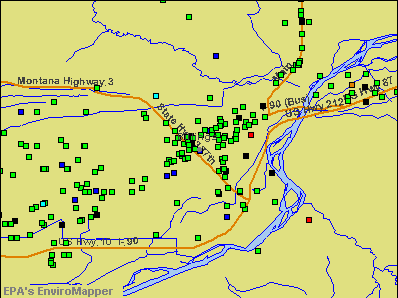The pollution in the Yellowstone River was the oil spill
during 2011. The pollution of the river is around 10 miles from Laurel to
Hysham in Montana. The pipe that was leaking was buried as deep as eight feet
below the river. Around 42,000 gallons of oil were leaked into the Yellowstone
River. Local people were worried of the long-term effects on the property and
the wildlife. The spilled area is a more narrow part of the river, around 30
miles wide. Therefore, it’s not a major problem comparing to other leaks. There
are several oil remains on the tree as the river recedes, but there are
possibly no effect on wildlife or fishes. The farmers also can’t irrigate their
plants like alfalfas using the river. Some parts of the river might be
contaminated, which they might not be able to see it. The water from the river
is also used as drinking supplies for the animals.

Other than the oil leaking
from the pipeline is a concern, during 2013, they also face another
environmental problem. It is the coal-burning power plants that discharge water
wastes such as oil or grease and other solid particles. One of the power plants
is located near the banks of the Yellowstone. If there are ever any wastes that
contain metals from the power plant, there are no restrictions on any toxic
metals that could leak into the water, such as arsenic, mercury, and lead. They
also never inspect whether the pond in the area contain metals, but they do detect
the high level of arsenic at the downstream of Yellowstone River. They also
have restriction on the power plant for excessive air pollution. It’s decided
that from the federal Environmental Protection Agency that they will be
stricter on the water quality from the coal plants and make sure that they
comply to the new standards. Since more than half of the toxic waste comes from
the power plants. Most of all, it’s important to make sure the water is not too
polluted because the Yellowstone River is a main drinking-water and irrigation
supply for Billings. But extra spending is necessary for water-treatments.

